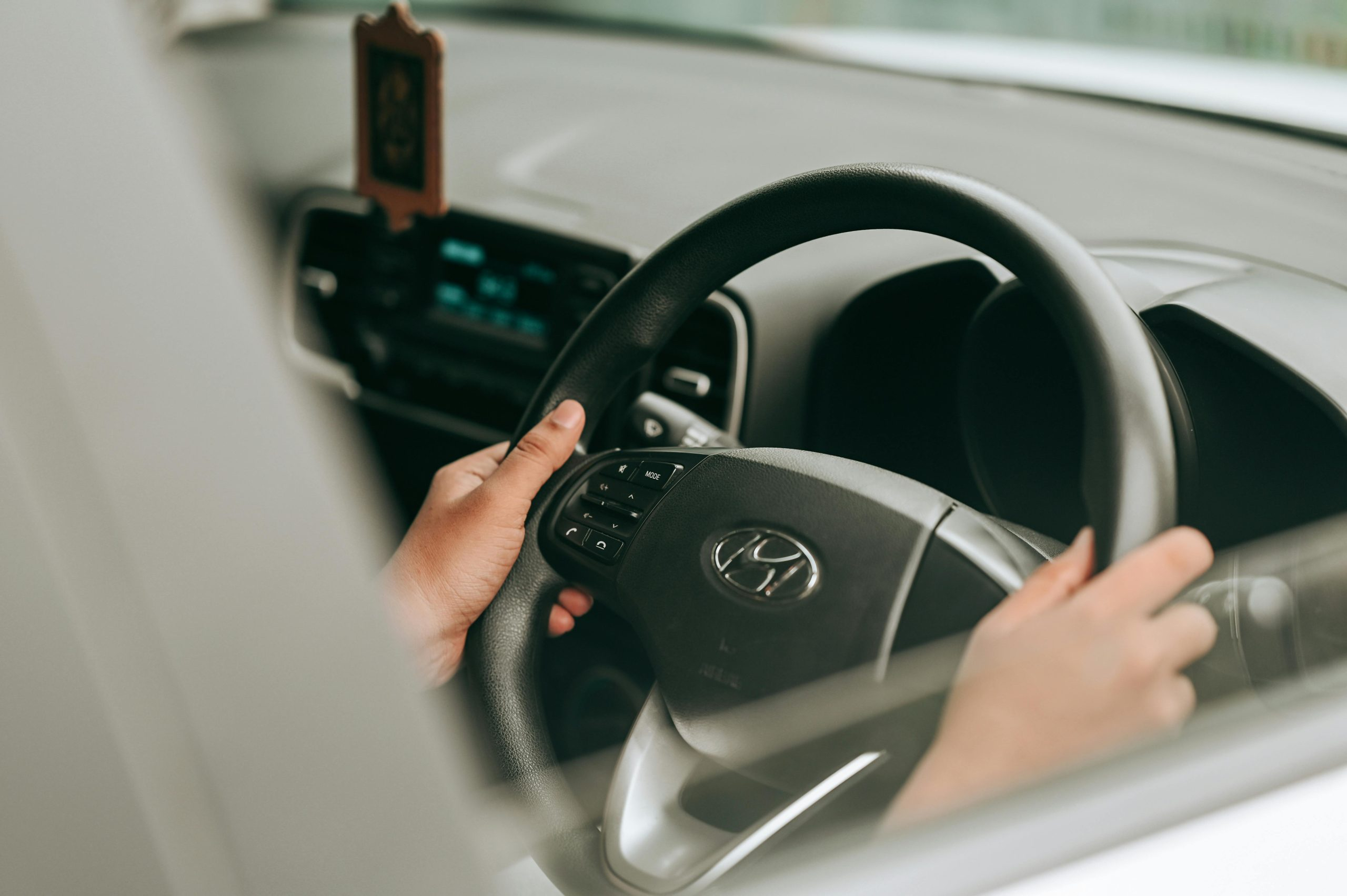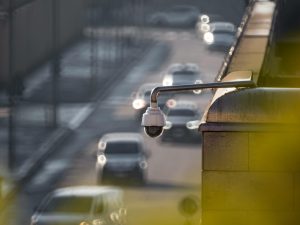Top Vehicle Safety Features to Seek in 2025
As technology continues to evolve, so do the safety features that are available in vehicles. With the rise of electric cars and autonomous vehicles, there is a growing emphasis on safety in the automotive industry. As we look towards the year 2025, it’s clear that vehicle safety features will play an even more crucial role in protecting both drivers and passengers. In this article, we will explore the top safety features to seek in 2025, ensuring that vehicles are not only technologically advanced but also equipped with the latest safety measures.
Autonomous Emergency Braking (AEB)
Cars equipped with AEB use sensors and cameras to detect potential collisions and automatically apply the brakes to prevent or mitigate them. This technology has been around for a while, but in 2025, it is expected to be refined and more widely available in all types of vehicles, including budget-friendly models. AEB has shown to significantly reduce rear-end collisions, making it a must-have safety feature in 2025.
Driver Monitoring Systems (DMS)
DMS uses advanced sensors and cameras to monitor the driver’s behavior and alert them if they are showing signs of drowsiness or distraction. This technology can also be used to adjust the car’s settings, such as the seat position and mirrors, to ensure the driver is in the best position to control the vehicle. With the rise of autonomous vehicles, DMS will become even more crucial for keeping drivers engaged and ready to take control if needed.
Blind Spot Detection (BSD)
Blind Spot Detection has been a game-changer for increasing visibility and reducing blind spots while driving. In 2025, this technology is expected to become even more advanced, with the ability to detect vehicles even in low light or adverse weather conditions. Some systems may even include a video feed from the blind spot area to give drivers a clearer view of what’s around them. BSD is a crucial safety feature, especially for larger vehicles, as it helps prevent accidents caused by blind spots.
Vehicle to Everything (V2X) Technology
V2X technology allows vehicles to communicate with their surroundings, such as other vehicles, traffic signals, and pedestrians. This technology has the potential to greatly reduce accidents by providing drivers with real-time information about potential hazards. For example, if a vehicle ahead suddenly brakes, V2X technology can warn nearby vehicles to slow down, reducing the risk of a chain reaction. In 2025, V2X technology is expected to be more widespread, making roads safer for everyone.
Night Vision Cameras
As the name suggests, night vision cameras use thermal imaging to provide a clear view of the road ahead in low light conditions. In 2025, these cameras are expected to become even more advanced, with the ability to detect objects further away and provide a more accurate view of the road ahead. This technology is especially useful for driving in rural or poorly-lit areas, where it can be challenging to see ahead. With night vision cameras, drivers will have increased visibility and can react quickly to potential hazards.
Adaptive Cruise Control (ACC)
ACC uses sensors and cameras to automatically adjust the car’s speed to maintain a safe distance from the vehicle ahead. This technology is expected to become even more advanced in 2025, with the ability to handle various traffic situations, such as stop-and-go traffic or merging onto a highway. With ACC, drivers can relax a bit more, knowing that their car will adjust to maintain a safe distance from other vehicles on the road.
Final Thoughts
As technology continues to advance, so do the safety features available in vehicles. In 2025, it is expected that all cars will come equipped with a range of safety measures to keep drivers and passengers safe on the road. From AEB to ACC, these features will not only assist drivers but also act as an extra layer of protection against potential accidents. When purchasing a car in 2025, be sure to keep these top safety features in mind, ensuring a safe and secure driving experience.










